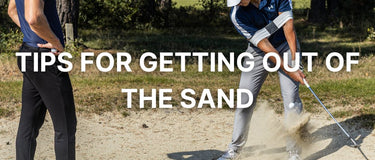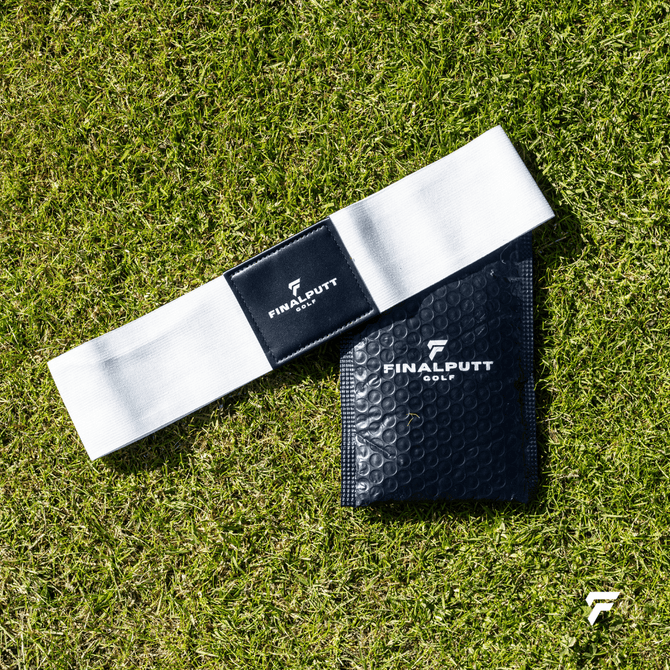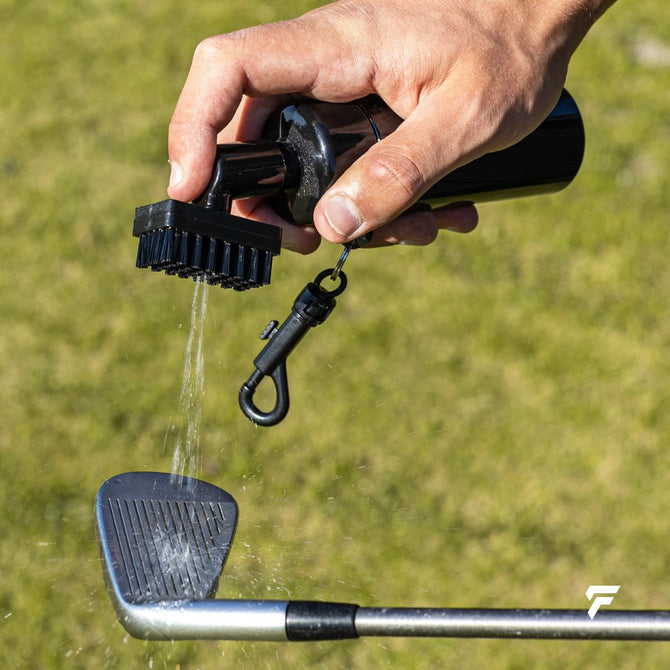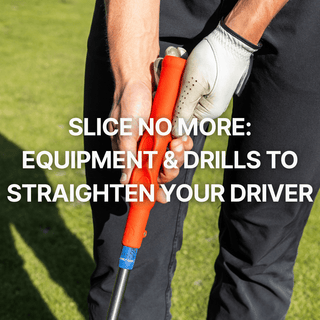
Bunker Play: Tips for Getting Out of the Sand
Struggling with bunker shots can be one of the most frustrating challenges in golf. Getting the ball out of the sand and onto the green requires control, confidence, and a bit of skill. But with the right technique, a consistent setup, and a few tricks, escaping the bunker can become one of your strengths. In this guide, we’ll break down practical tips for bunker play that are sure to help you improve your technique and increase your confidence in the sand.
1. Set Up for Success
Your setup can make or break your bunker shot. The key to an effective setup includes:
- Open Stance: Position your feet so they are slightly open, allowing for a natural, sweeping path through the sand.
- Lower Hands: Grip the club lower to stay in control.
- Weight Distribution: Shift your weight slightly forward to stabilize your stance and maintain balance throughout the swing.
An effective tool to improve setup and posture is the Connection Band. This training aid helps keep your arms and body working together, preventing common bunker shot mistakes, like "chicken wings" or disconnected swings, which can lead to poor contact and inconsistency.

2. Focus on an Open Clubface
Using an open clubface in a bunker helps lift the ball out of the sand while reducing drag. By opening the clubface slightly, you’ll increase loft, which promotes a softer shot with a high trajectory.
- How to Open the Clubface Properly: Turn the club in your hands to expose more of the face to the target before gripping it fully.
- Practice Tip: Experiment with the degree of openness to find what feels most comfortable and produces the best results.
The Connection Band is an ideal tool to maintain a steady swing and consistent face angle, allowing you to get accustomed to an open clubface without compromising swing path.
3. Use the Sand as Your Friend
In bunker shots, you aren’t aiming to hit the ball directly; you’re aiming for the sand just behind it.
- Spot Targeting: Focus on a spot 1–2 inches behind the ball. This area is your entry point, allowing the club to glide through the sand and pop the ball up and out.
4. Controlled Arm Movement for Clean Contact
One of the biggest issues with bunker play is using too much or too little arm movement. Keeping your arms and body in sync results in a smoother, more controlled shot.
- Connection Band Solution: The Connection Band assists in maintaining proper arm movement, giving you immediate feedback when your arms and body lose sync. Using it while practicing your bunker shots can provide the consistency needed to improve contact and control.

5. Follow Through Smoothly
In bunker shots, decelerating or stopping short often leads to poor contact or a ball left in the bunker. Instead, focus on a relaxed and complete follow-through.
- Key Takeaway: Swing through with smooth acceleration, ensuring the clubhead continues toward your target.
- Practice Tip: Practicing with the Connection Band can help you establish a fluid follow-through by promoting rotation and connection, making your shots more predictable and accurate.

6. Practice Different Lies
Bunker conditions vary widely. Practice hitting from flat sand, uphill and downhill lies, and hard-packed or soft sand to build versatility.
- Practice Routine: Use different lies and practice hitting from varied distances to increase confidence and adaptability.
7. Control Your Distance with Practice
For shorter bunker shots, you need a more delicate touch, while longer bunker shots require a bit more force and follow-through.
- Distance Control Drills: Place markers at various distances in the sand and practice hitting them to achieve specific lengths.
- Feedback Using the Connection Band: Practicing with the Connection Band helps you maintain control over arm and body movement, which is especially helpful for adjusting distance and power in the sand.
8. Consistency Comes with Repetition
Bunker play improves with repetition, so integrate these tips into your practice routine. Use the Connection Band consistently in your warm-ups and during practice sessions to reinforce muscle memory and improve your swing mechanics.
Final Thoughts
Bunker shots don’t have to be intimidating. With the right setup, a smooth swing, and consistent practice, you can master bunker play and approach each shot with confidence. The Connection Band is an ideal tool to enhance your bunker practice by helping you maintain connection between your arms and body, reducing common errors, and giving you the consistency you need. Remember, like any other shot, bunker play improves with practice and a confident mindset.
Ready to improve your bunker game? Grab a Connection Band to perfect your setup, control, and connection for smoother, more reliable bunker shots.







